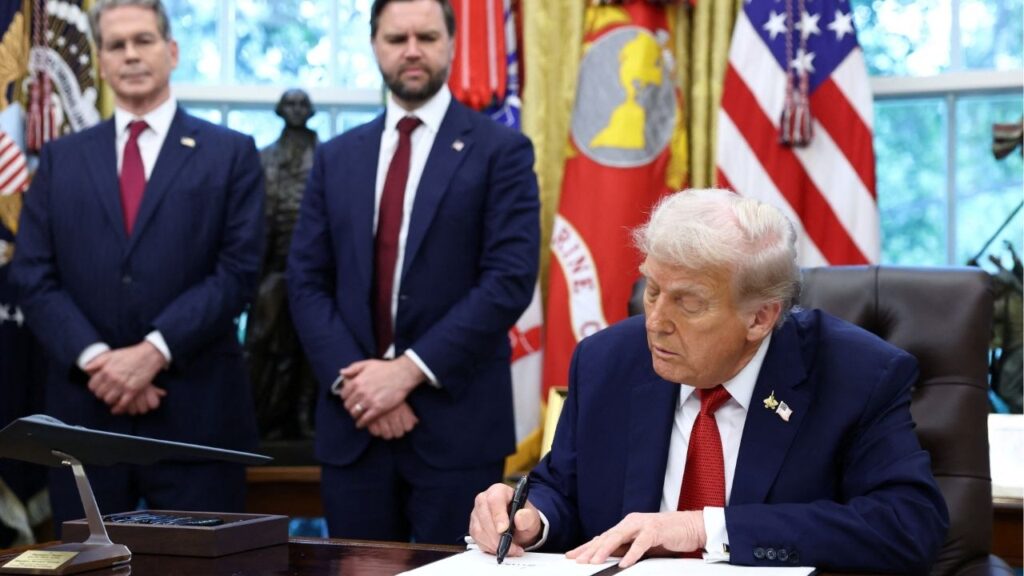Share
|
Getting your Trinity Audio player ready...
|
The U.S. could face an unprecedented default on its obligations as soon as early June if Congress does not act to lift the debt limit, a Washington think tank said Wednesday.
The Bipartisan Policy Center, which forecasts the approximate “X-date” when the government will no longer be able to meet its financial obligations on time, said the U.S. will reach its statutory debt limit as soon as the summer or early fall of 2023. That inches up from the center’s previous prediction in June 2022 that the “extraordinary measures” that U.S. Treasury uses to pay the government’s bills would not be exhausted before the third quarter of 2023.
Previewing the data for reporters on a morning call, Shai Akabas, the center’s director of economic policy, said the new projections reflect “considerable uncertainty in our nation’s current economic outlook.”
“Policymakers have an opportunity now to inject certainty into the U.S. and global economy by beginning, in earnest, bipartisan negotiations around our nation’s fiscal health and taking action to uphold the full faith and credit of the United States well before the X-Date,” he said.
Akabas said the December 2022 big spending bill, an extended pause on student loan repayments and high interest rates resulting in higher costs to service U.S. debt have contributed to moving up the X-date.
Treasury Using ‘Extraordinary Measures’ to Avoid Default
Treasury Secretary Janet Yellen notified Congress in January that her agency was resorting to “extraordinary measures” to avoid default, and that “it is unlikely that cash and extraordinary measures will be exhausted before early June.”
Yellen said her actions will buy time until Congress can pass legislation that will either raise the nation’s $31.4 trillion borrowing authority or suspend the limit for a period of time. But she said it’s “critical that Congress act in a timely manner.”
President Joe Biden and new Republican House speaker Kevin McCarthy met once earlier this month to talk about the debt limit, but expectations are low for quick progress as GOP lawmakers push for steep spending cuts in exchange for a debt ceiling deal.
Biden has since used his bully pulpit to accuse Republicans of plans to cut Medicare and Social Security programs. McCarthy, however, has said those cuts are not in the picture, as has Senate GOP leader Mitch McConnell.
Treasury first used extraordinary measures in 1985 and has used them at least 16 times since, according to the Committee for a Responsible Federal Budget, a fiscal watchdog.
Some economists have said in the midst of debt limit negotiations, Treasury could prioritize certain payments to bondholders in order to buy time for policymakers to resolve the issue.
Biden administration officials have said they will not prioritize payments to bondholders if the country passes the “X-date” without an agreement. Yellen has said debt payment prioritization is default by another name.
“Failure on the part of the United States to meet any obligation, whether its debt holders, to members of our military or to Social Security recipients, is effectively a default,” she told reporters in Dakar, Senegal in January.
RELATED TOPICS:
Categories

Studs and Duds From Rams’ 27-20 Victory Over Colts
















